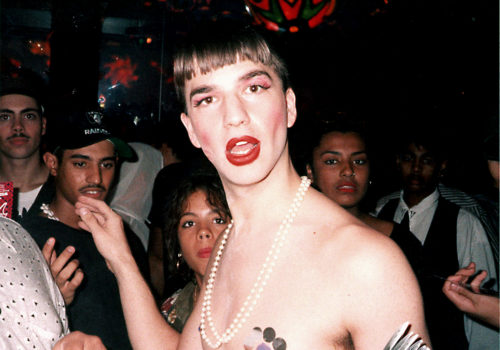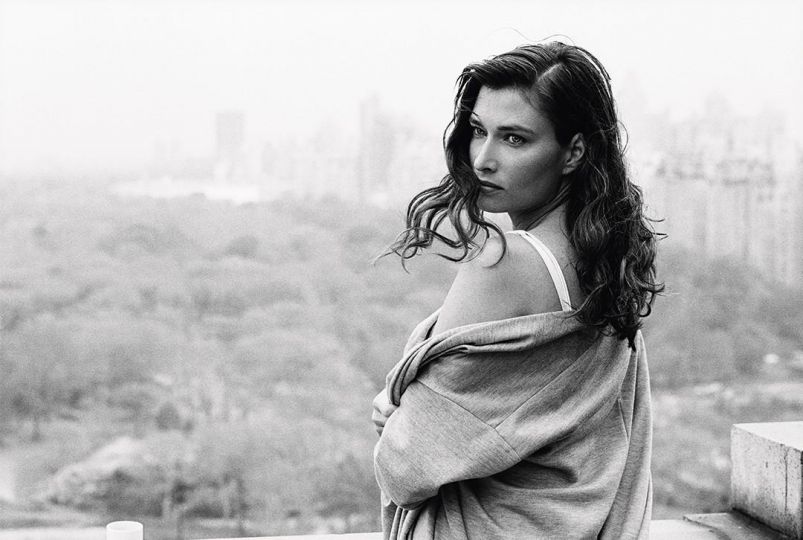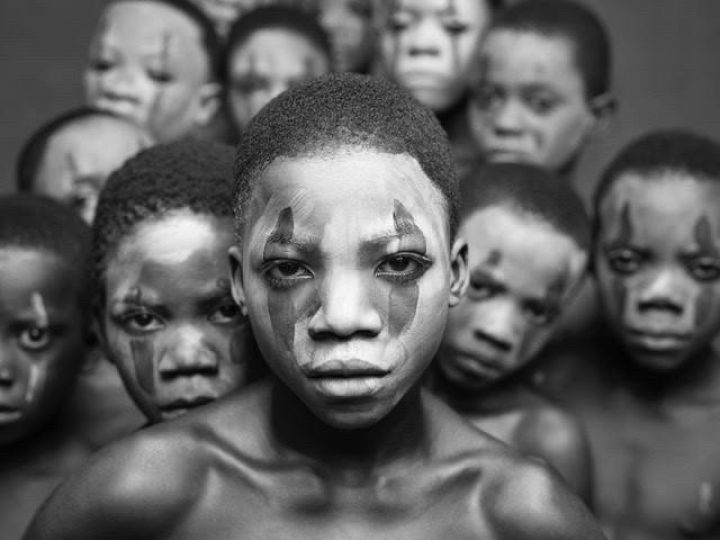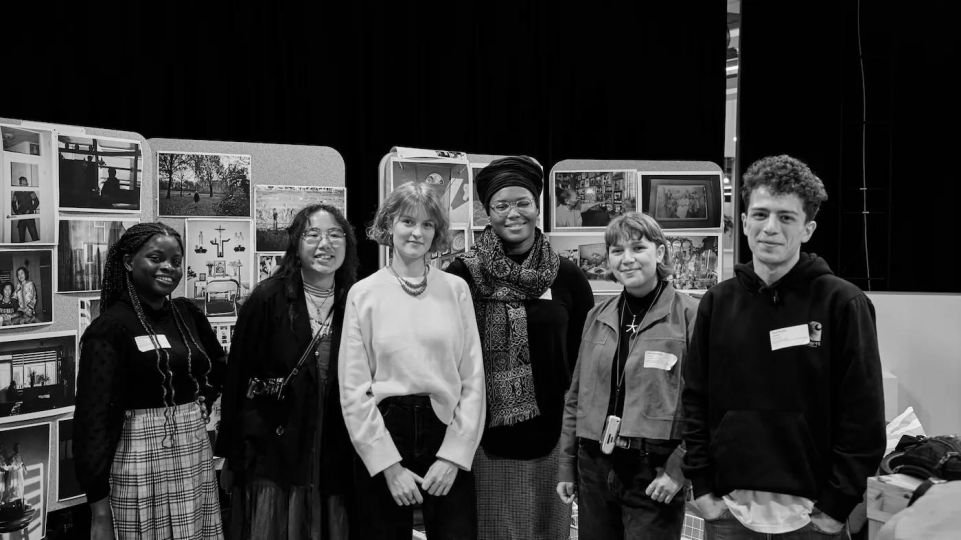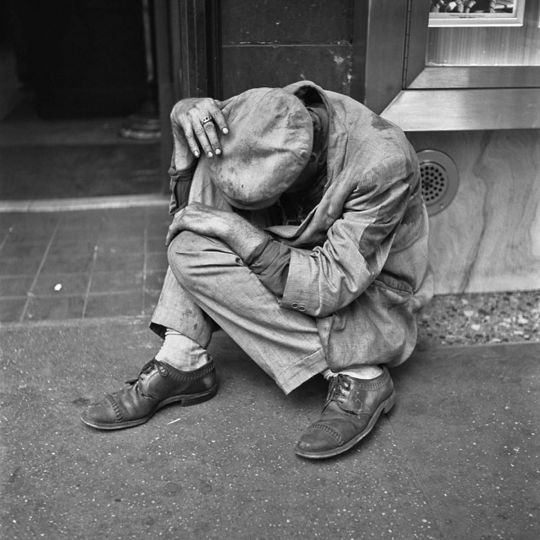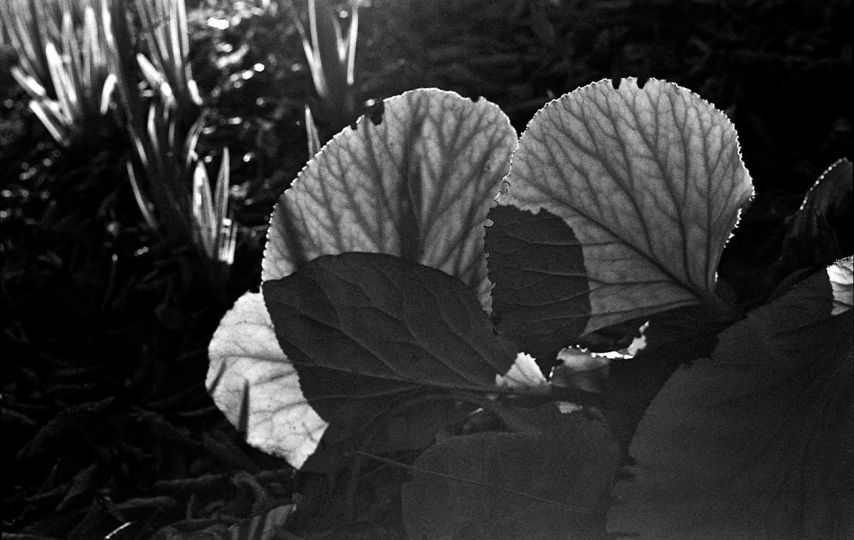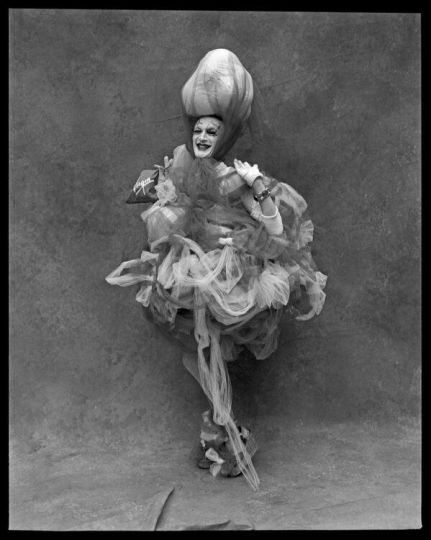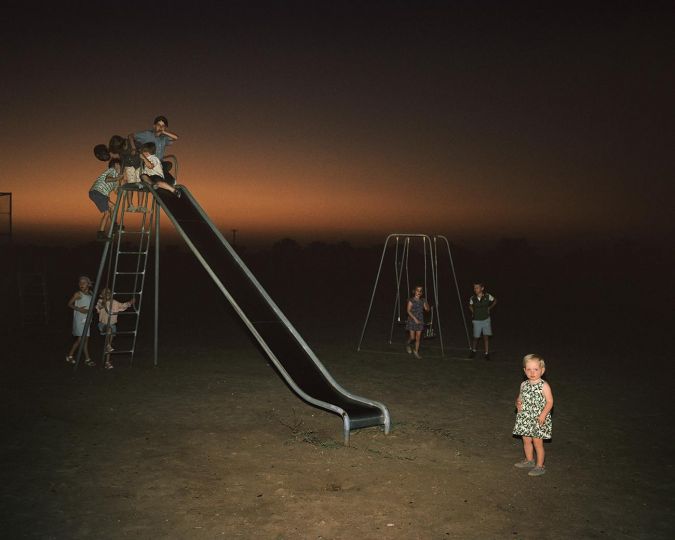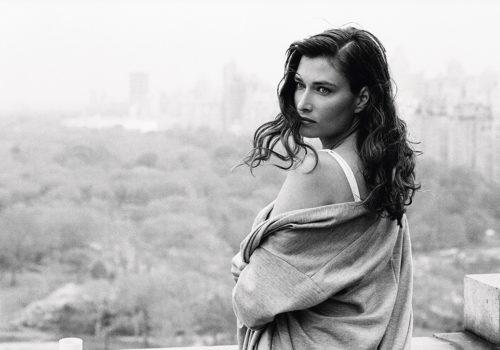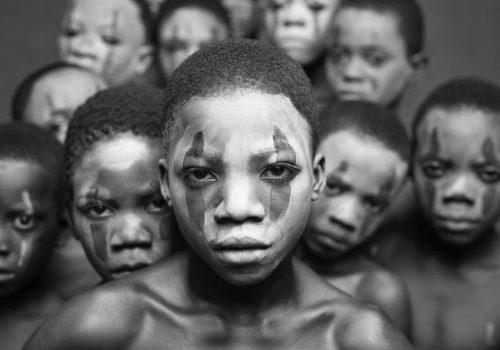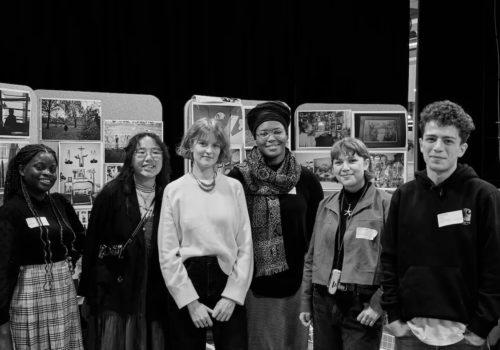In 1969, Nat Finkelstein received word through his lawyer that a fugitive outlaw warrant had been issued in his name, and in fear for his life, he left the United States. In 1978, while in prison in France, Finkelstein received word that five years earlier, all charges against him were dismissed upon judicial review, with an extreme castigation of the Federal government for illegal actions taken against him. The government, however, did not inform anyone that the charges were dropped and Finkelstein only returned to America in 1982.
Upon his return, Finkelstein continued to do the two things he had done all his life: to produce art and to be involved with drugs. As was his wont, these two threads often found themselves intertwined, perhaps most notably when he began the Merry Monsters project.
Finkelstein recalled, “I got to New York in 1990 in a creative quandary, the feeling that I knew I was going to do something but not yet sure what it was: sort of “not up for grabs but open to offers.” I had started shooting still pictures off the television screen around 1985, but in ‘88 after I got my first camcorder, I started shooting my own videos and deconstructing them. I extracted single frames, which I then shot with my analog camera off the TV screen, utilizing the screen itself as the subject. I began documenting the Rave/Techno scene in Europe and England as videographer and as executive producer for Robotnik Television in Amsterdam.
“Back in New York, and always a dredger of the outer edges of the counter culture, I checked into the Chelsea Hotel looking for the latest anomie. One soon found me: his name was Michael Alig. We bonded, a sixty-year old artist on a hunt and a twenty-something monster on the make. From here on in, I entered the maelstrom of Club Culture. I spent two years documenting clubs and club kids: a pretty bubble, which burst leaving nothing behind.”
As Daphne Dahrendorf, his partner at the time, recalls, “The Acid House and House/ Disco were what was happening! The people were experimental, pushing the boundaries both within the club scene and the world outside—the huge parties in some way reflected early festivals though less hippy and idealistic it was fun, often healthy and sometimes not… escapism. I don’t know if there was ever an ‘aim‘ in documenting it except to be there and to show what was happening as honestly as possible. The club kids at Disco 2000 became willing participants in his videography, investigating the blends of shapes, TV lines and colors, and finding extraordinary vistas of beauty within these settings—showing the ‘performers’ in their created world.”
The result is a series of images that evoke the intense energies of this scene, the Technicolor madness that only happens at night. With a cast of characters to rival the Wizard of Oz, the club kid scene was one of the most magical, mystical, global phenomena at the end of the millennia. Fueled in equal parts by drugs, creativity, and anti-authoritarian vibes, the creatures shown in the Merry Monsters series rule the night.
As Dahrendorf observed of Finkelstein, “The camera was a tool to be used. Through the videography, the camerawork used the moving picture to access stills and the moments ‘between’ the stills. Some films were made though unscripted, more observations, character explorations. There was a piece made in the early video days of animated stills, which was excellent; the editor was Fred Mogubgub and it was for the band Khmer Rouge. Nat has always been a good storyteller with his work whether in one image or a series, and these photographs give us a feeling of what it was like to be there. Costume, desire, paraphernalia. The landscapes of electronic culture predestined. Silhouettes and shapes. I always preferred using them as slides in a darkened room than the print version—and the backlit bubblejet prints also give us that sense of luminescence and timelessness.”
The magic of Merry Monsters lies in Finkelstein’s inimitable ability to trip the light fantastic, to make you feel ohh-so-groovy by translating the drug-induced states of euphoria, energy, speed, steam, ecstasy, all that made a night at Disco 2000 the place in which rave culture was born. It was a time and a place unlike any other on earth, and with Finkelstein at the center of it, we see it for more than just the tawdry headlines, the backroom deals with the Feds, the sad and somber mess it became when Alig turned from provocateur into cold-blooded murderer.
But the shocking and tragic end befits a story in the pages of the life of Nat Finkelstein, who made art out of the most decadent and dynamic forces of the twentieth-century. Who better than Finkelstein to be partying with club kids? After all, they weren’t just subjects, they were customers. Not for nothing, the title of Finkelstein memoirs is The 14 Ounce Pound. Get it…
Miss Rosen

